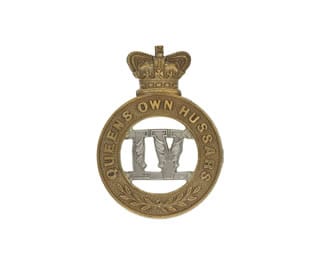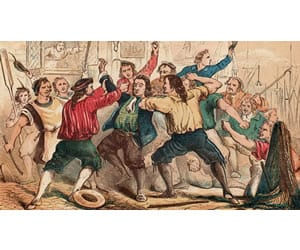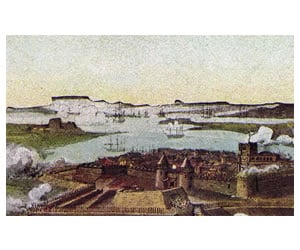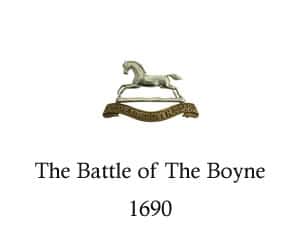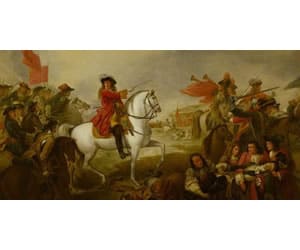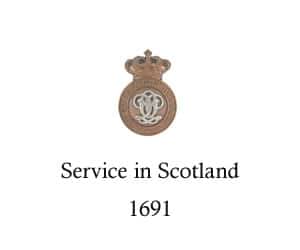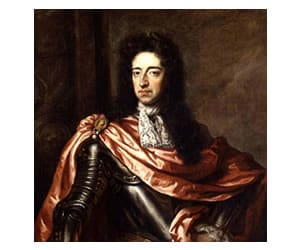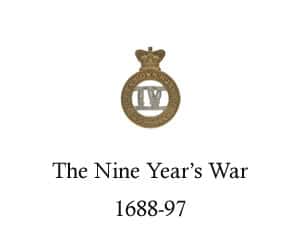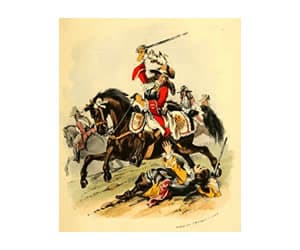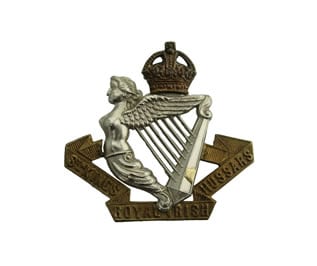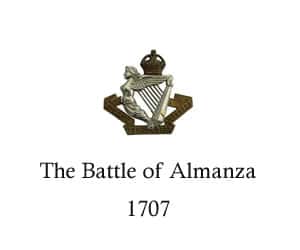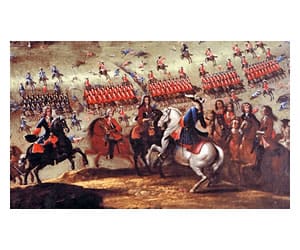Why not follow the story of The Queen’s Royal Hussars from its beginning in 1685 up until the present day by using the timeline:
3rd The King's Own Hussars Of the four Regiments who make up our famous antecedents, The 3rd Hussars had the lion’s share of battles and campaigns. As their number denotes, they were the senior of the four Regiments and our seniority amongst the Cavalry and specifically the Light Cavalry has…
Read More
4th Queen's Own Hussars Charles II died in February 1685 and was succeeded by his brother, James II. The new king had been on the throne only a few months when the Duke of Monmouth, an illegitimate son of Charles I, headed a rebellion against him. Several regiments were raised…
Read More
The Glorious Revolution Also called “The Revolution of 1688” and “The Bloodless Revolution,” took place from 1688-1689 in England. It involved the overthrow of Catholic King James II, who was replaced by his Protestant daughter Mary and her Dutch husband, William of Orange. Motives for the revolution were complex and…
Read More
For 105 days up to 30,000 Protestant people held the walled city of Londonderry in the face of the Catholic King James II, until the relief fleet broke the boom across the River Foyle on July 28 and the Jacobite forces commenced their retreat on August 1, 1689. The Siege…
Read More
7th Queen's Own Hussars Undeniably The 7th Hussars were the embodiment of dash and panache for which every Cavalry Regiment strives. Nicknamed “The Saucy Seventh” they were rivalled as a fashionable Regiment only by The 10th Hussars and The 7th attracted most of their officers from the nobility, including two…
Read More
The Battle of The Boyne On 1 July 1690, two armies faced each other across the River Boyne, just to the north of Dublin in Ireland. The commander on the north side was William of Orange, a dutch protestant, who had recently been crowned King of England, Scotland and Ireland.…
Read More
Service in Scotland By February 1691 Cunningham’s Dragoons were an established unit of King William’s Army in Scotland. The 7th could always boast of being one of the only two surviving regiments of cavalry raised in Scotland. The first years of Cunningham’s Dragoon’s service north of the border were without…
Read More
The Battle of Steinkirk 1692 Early in 1692 Fitzhardinge's Dragoons went to Flanders and fought their first full-scale battle against the French. Fitzhardinge's crossed to Flanders in the first weeks of 1692, the only Dragoons in the large expeditionary force. The Scottish campaign had only provided skirmishing work, and the…
Read More
8th King's Royal Irish Hussars In 1693 Colonel Conyngham, under the authority of The King, raised a regiment of dragoons in Ireland. Early active service of the 8th Hussars, known then as Pepper's Dragoons, was during the War of Spanish Succession, at Almenara, where on the 27th of June 1710…
Read More
The Battle of Almanza 1707 In February 1707, the long voyage from England came to an end. Eight thousand had embarked in England six months before; only four thousand four hundred survived to go ashore at Alicante. It was at Alicante where the Allied army had wintered. This army, English,…
Read More


